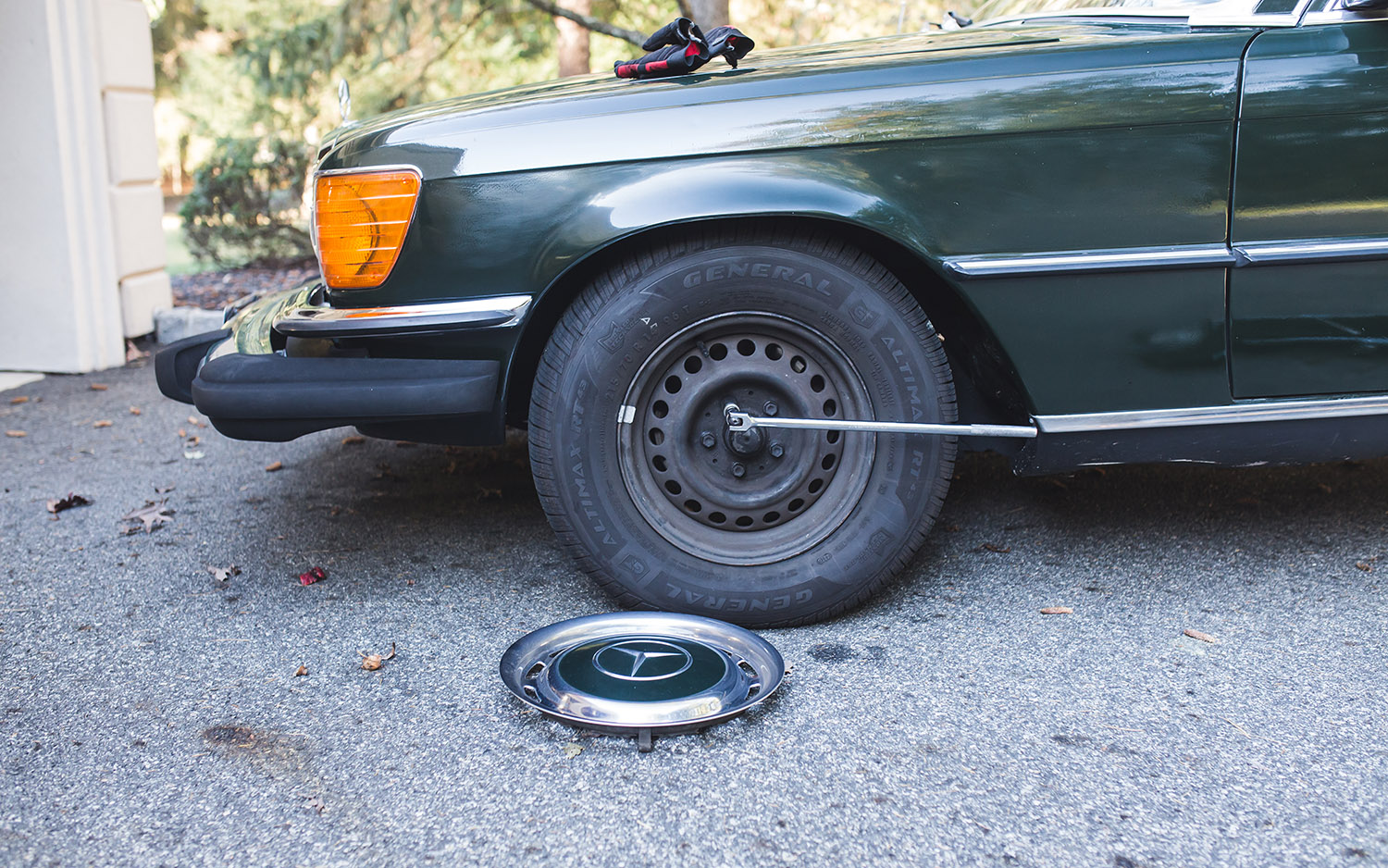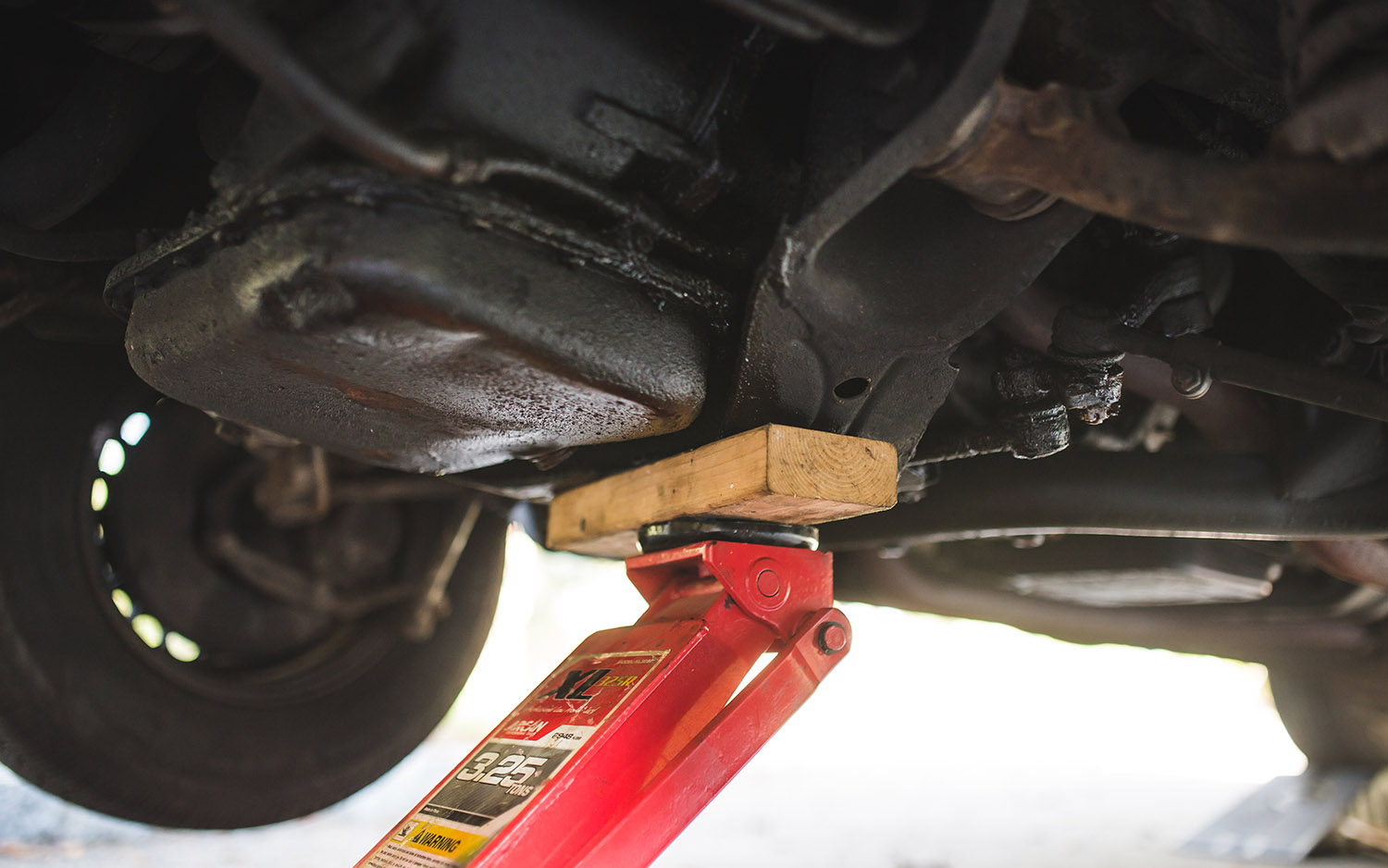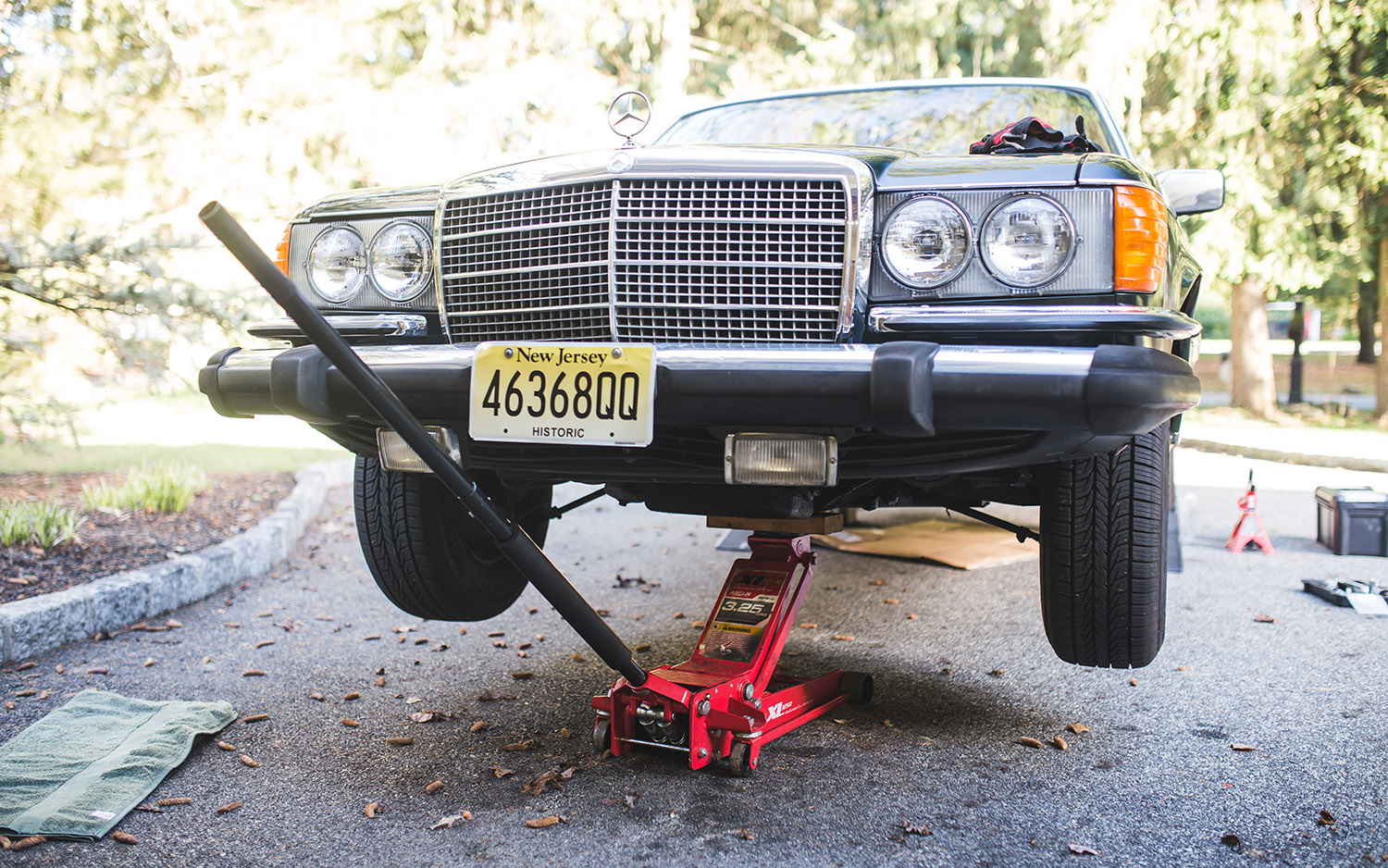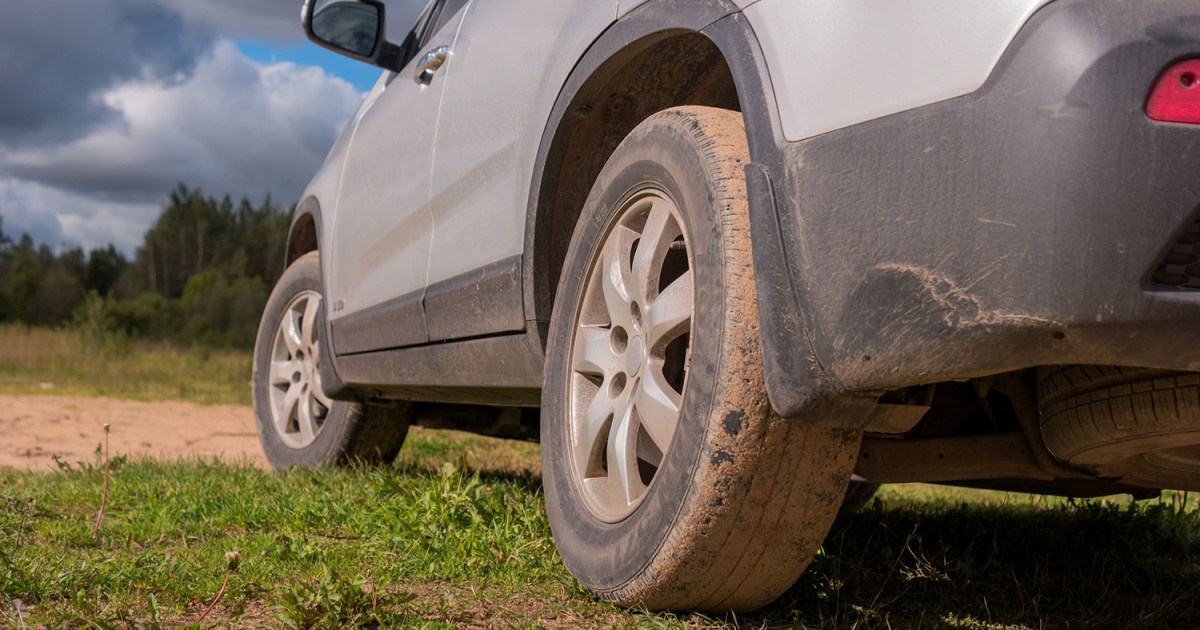Rotating your tires is a simple yet crucial maintenance task that maximizes tire lifespan and ensures optimal vehicle performance. This guide provides a step-by-step approach to rotating your tires at home, covering everything from understanding the importance of rotation to the specific procedures involved.
 alt text: Front right view of a 2019 Volvo XC40
alt text: Front right view of a 2019 Volvo XC40
Why Tire Rotation Matters
Regular tire rotation is essential for even tire wear. Tires wear differently depending on their position on the vehicle, and rotating them ensures consistent wear across all four tires. This not only extends the life of your tires, saving you money in the long run, but also maintains consistent handling and safety characteristics. Aim for a tire rotation every 6,000 miles, and combine it with other maintenance tasks like oil changes and tire pressure checks for maximum efficiency.
Understanding Your Tires and Rotation Patterns
Before you begin, consult your owner’s manual for the recommended rotation pattern for your specific vehicle. Tire rotation patterns vary based on drivetrain (front-wheel drive, rear-wheel drive, all-wheel drive), tire type (directional or non-directional), and tire size. Marking your tires with chalk indicating their original position (“front left,” “right rear,” etc.) can simplify the process.
For vehicles with identical, non-directional tires, the “rearward cross” pattern is common for rear-wheel and all-wheel drive vehicles. This involves moving the front tires diagonally to the rear and the rear tires straight forward. Front-wheel-drive vehicles typically use the “forward cross” pattern, which reverses this process. The “X” pattern, where all tires are moved diagonally, is another option.
Directional tires, often identified by a V-shaped tread pattern, can only be rotated front-to-back. If your vehicle has different sized front and rear tires, rotation is limited to side-to-side. If your tires are both directional and different sizes, they require dismounting and remounting, a task best left to professionals.
Consider incorporating a full-size spare tire into your rotation schedule to ensure even wear across all five tires. However, avoid using an old or worn spare tire. Dually pickup trucks have unique rotation patterns detailed in their owner’s manuals.
 alt text: Person loosening lug nuts on a car wheel
alt text: Person loosening lug nuts on a car wheel
Step 1: Loosening the Lug Nuts
Park your vehicle on a level surface, engage the parking brake, and put the car in park (automatic) or in gear (manual). Place wheel chocks in front and behind the wheel diagonally opposite the one you are working on.
Loosen the lug nuts on each wheel before jacking up the car. This is crucial as the ground provides the necessary resistance. Attempting to loosen lug nuts with the wheel in the air can be difficult and may strain the transmission.
Follow the star pattern when loosening lug nuts on five-lug patterns. For four-lug patterns, loosen nuts diagonally. Using your foot to apply initial pressure on the wrench handle can help break loose stubborn lug nuts. A breaker bar can also be useful.
Step 2: Jacking Up the Car
Consult your owner’s manual to locate the designated jacking points. Positioning the jack incorrectly can damage the underbody. Once the car is raised, secure it with jack stands for safety. A spare tire can also serve as a temporary support.
 alt text: Close up of a car jack and jack stand
alt text: Close up of a car jack and jack stand
Step 3: Removing and Refitting the Wheels
With the car securely raised, remove the loosened lug nuts and remove the wheel. If using the spare as a placeholder, mount it securely with two lug nuts. Repeat this process for each wheel according to your chosen rotation pattern.
When refitting the wheels, install all lug nuts and hand-tighten them. Lower the car to the ground and then tighten the lug nuts fully. While a torque wrench is ideal for precise tightening according to manufacturer specifications, a conventional wrench is sufficient. Tighten the lug nuts firmly but avoid over-tightening, especially with aluminum or magnesium rims.
 alt text: Person tightening lug nuts on a car wheel
alt text: Person tightening lug nuts on a car wheel
Final Checks
After rotating your tires, double-check the tire pressure and tread depth. Regularly rotating your tires, combined with proper inflation and tread depth checks, will ensure optimal tire life, vehicle performance, and safety.











